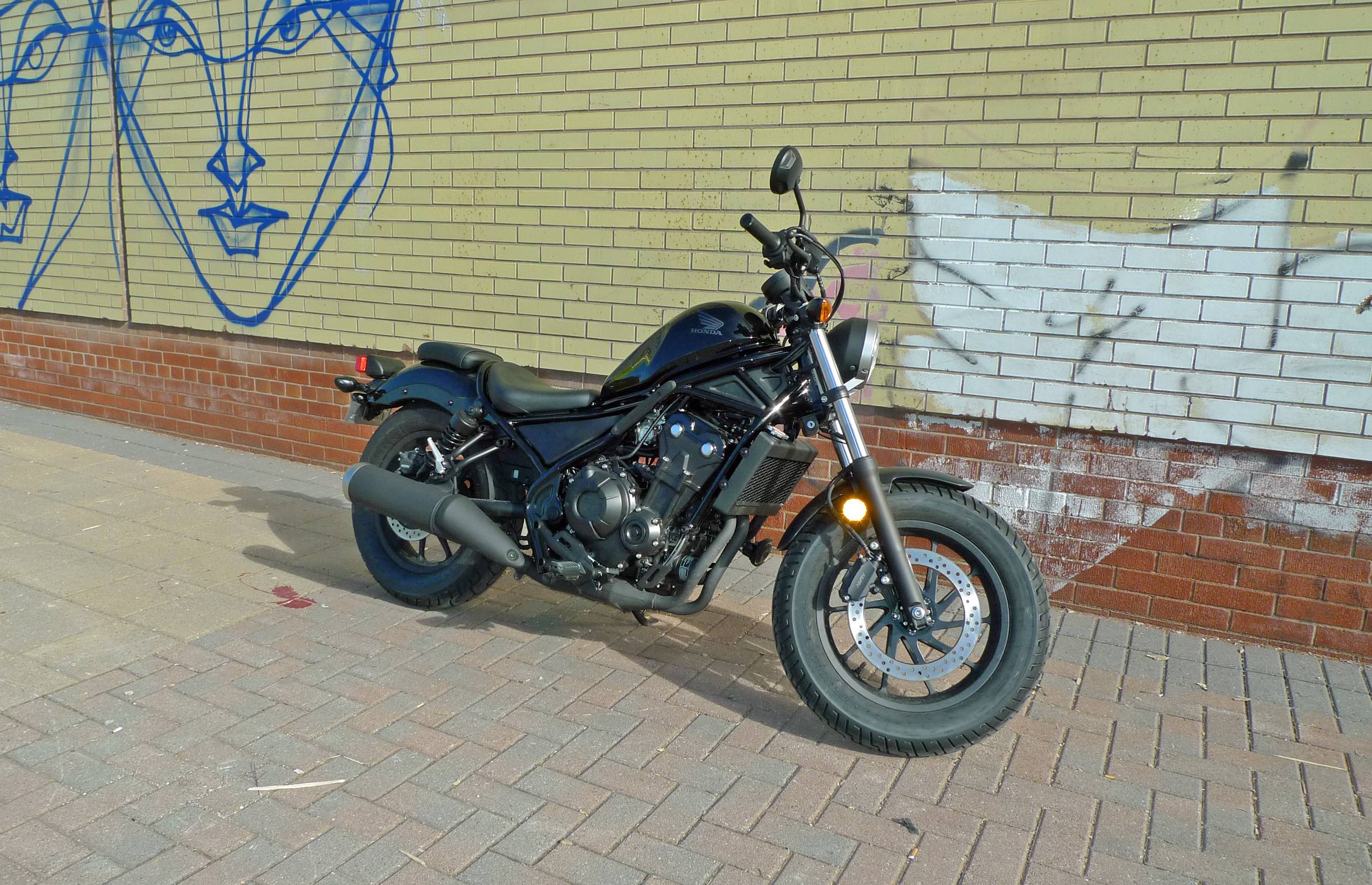
Little cruiser is a good mix of style, performance and affordability
If you’ve been watching the motorcycle world with even a slightly keen eye as of late, you’ll no doubt have noticed a trend towards smaller-displacement bikes; there’s been a plethora of 300-cc steeds from the likes of BMW, Kawasaki, KTM, and others. And if motorcycles are at all a part of your life, then you should be very pleased – for two reasons.
First of all, it gets more butts onto bikes. These entry level rides are far cheaper and way less imposing for your average beginner, and anything that gets more people on motorcycles is only good for the riding community – more partners for adventures, if anything else. It’s also good for the industry as a whole; why? Because – as manufacturers understand only too well – if one of your products becomes someone’s first motorcycle and they love it, there’s a good chance that they’ll come back later on for one of your larger, more powerful – and let’s not forget, more expensive – offerings. But if they don’t like it, you may not see them in your dealership again. So, no pressure.
Honda knows this just as much as any other company; its been on the forefront of offering affordable yet stylish small bikes for decades, and its latest is no different: the Rebel. You might remember that name, but this one is all-new this year, the little cruiser being offered in both 300-cubic centimetre guise and this new and slightly larger 500-cc model (to be more accurate, its liquid-cooled parallel twin displaces 471 cubes). Both bikes share just about every single part save the engine, including the fat 130/90-16 front and 150/80-16 rear Dunlop tires for that real bobber look.
Looks, of course, are the first way to lure someone onto any bike. The Rebel plays the part of that stylish cruiser, with a tough black-out engine and lack of chrome bit, peanut tank, low and wide seat and big curvy fender at the back – which, in this case, carries the optional pillion seat. It’s all very minimalist, a very clean design. And even on close inspection, it looks and feels like a quality bike on par with those more expensive, but still distinctive enough to have its own look.
That low seat – at just over 690 millimetres – means that it can fit most any rider, though it’s best if said rider were under six feet tall; the pegs come up high, which is good for ground clearance (and tossing the bike into the corners) but those with longer limbs might find the seating position a little cramped. The handlebars are close enough to be comfortable but just far enough for that “Easy Rider” cruiser position – again, the all-important aesthetics.

2017 Honda Rebel
But as they say, looks aren’t everything. Which, in the case of the Rebel, is a very good thing. The engine starts easily and settles into a satisfying mini rumble, more subtle than a bigger cruiser but still enough to play the part. The clutch is light enough, and it doesn’t take much throttle to get the 185-kilogram bike up to speed. Honda isn’t releasing horsepower or torque figures for this, but the Rebel 500 has an ample, if not furious, amount of power. Highway riding is not an issue, with it having enough gumph to get around traffic.
You can thank its low-end torque for that; a square bore and stroke gives it good push at lower speeds, and belies the fact that this is a smaller-displacement bike. There’s just enough torque to be quick and zippy without the jerkiness often felt with bigger bikes. But at higher revs (which I can only guess at over 4,000, because there’s no tachometer) the engine gets more than a little buzzy, and it’s not just through the pegs, either; at this point, the seat can be classified as a “marital aid”, and whether you shift earlier or not just depends on the mood you’re in, I suppose.
Handling is sharp, and that low seat hight helps bring the bikes balance way down low, making it fun to toss around – again, the higher pegs and ground clearance can have you leaning the bike closer to the pavement than you might expect. For both beginners and experts alike, the Rebel is actually a fun bike for some canyon-carving fun, no matter the speed. Both front and rear shocks give a good balance between a firm, sporty setting and also soaking up any potholes along the way, and this model comes with the optional ABS, which adds $200 to the base price and is a welcome addition.
It’s not a perfect bike, by any means, though slights are slim: the turn signal switch is just below the horn, which results in frequent honking when you want to cancel the clickers. The digital information screen is an unsightly square patch in the vast expanse of what could be a spinning analogue speedometer; I’d rather see either that analogue cluster or a slimmer, more discreet digital readout. Plus, it’s hard to read during the day. And the six-speed gearbox sticks far out of the right side of the engine, forcing your foot out further on the peg.
But for someone wanting a smaller bike while still having a bit more power than that widening range of 300s – along with the cruiser style and ride – the Rebel 500 is certainly worth a look. Honda has been in the game long enough to know what works, and giving this a very reasonable price of $6,899, along with a host of options such as saddle bags and windscreen, means the Rebel should could get more riders on the road – and perhaps more prospective clients in Honda showrooms down the road.
[“Source-driving”]
